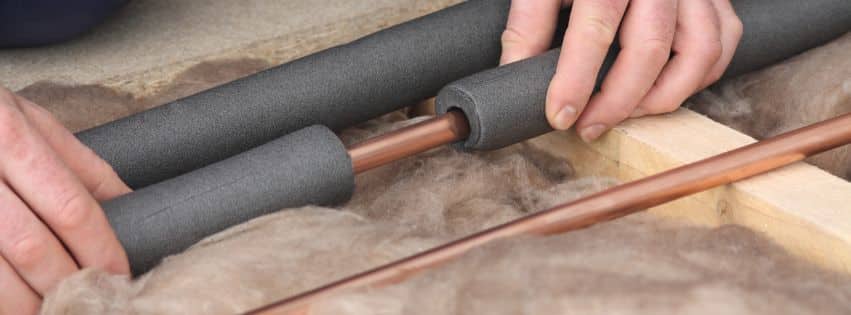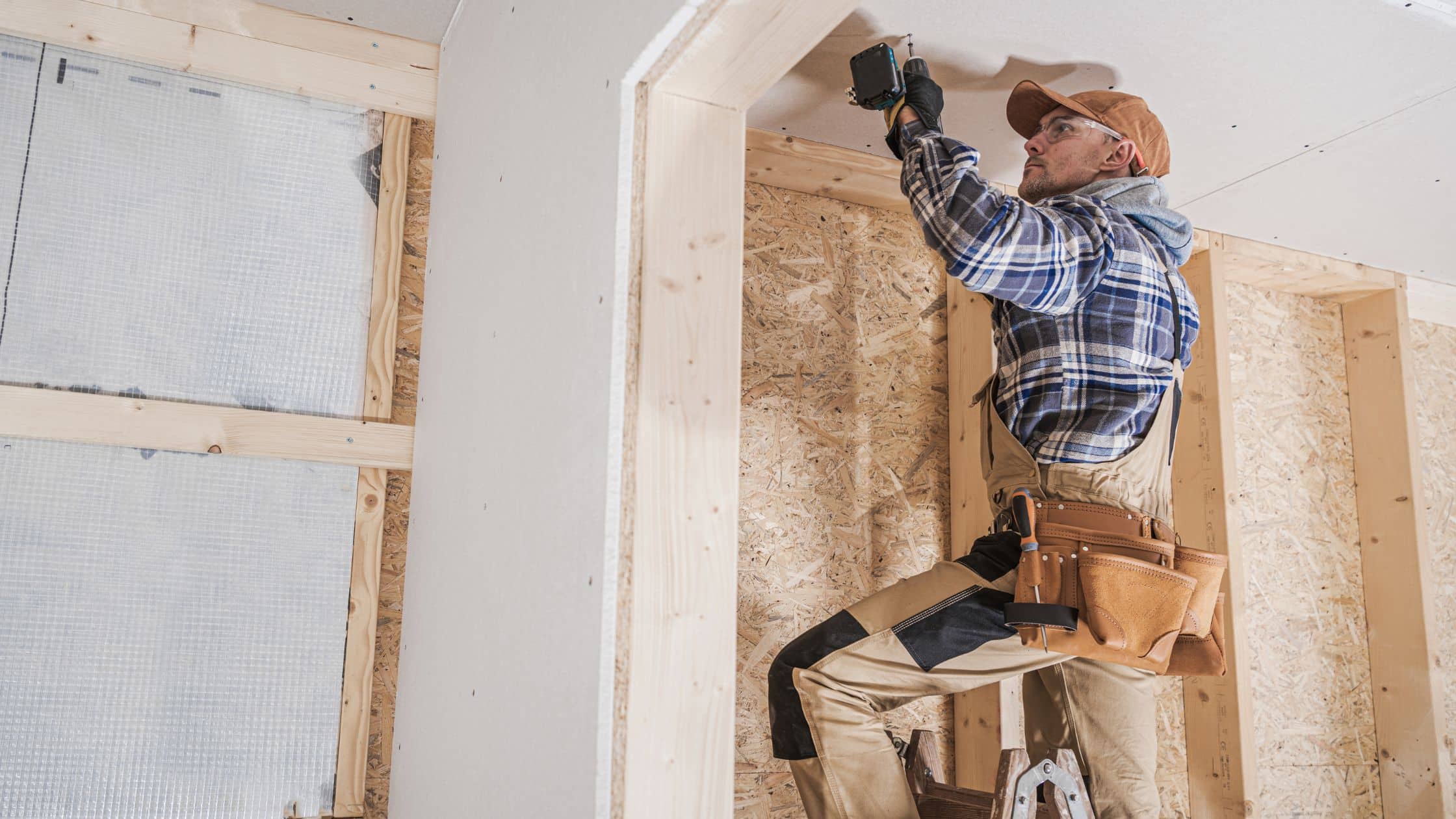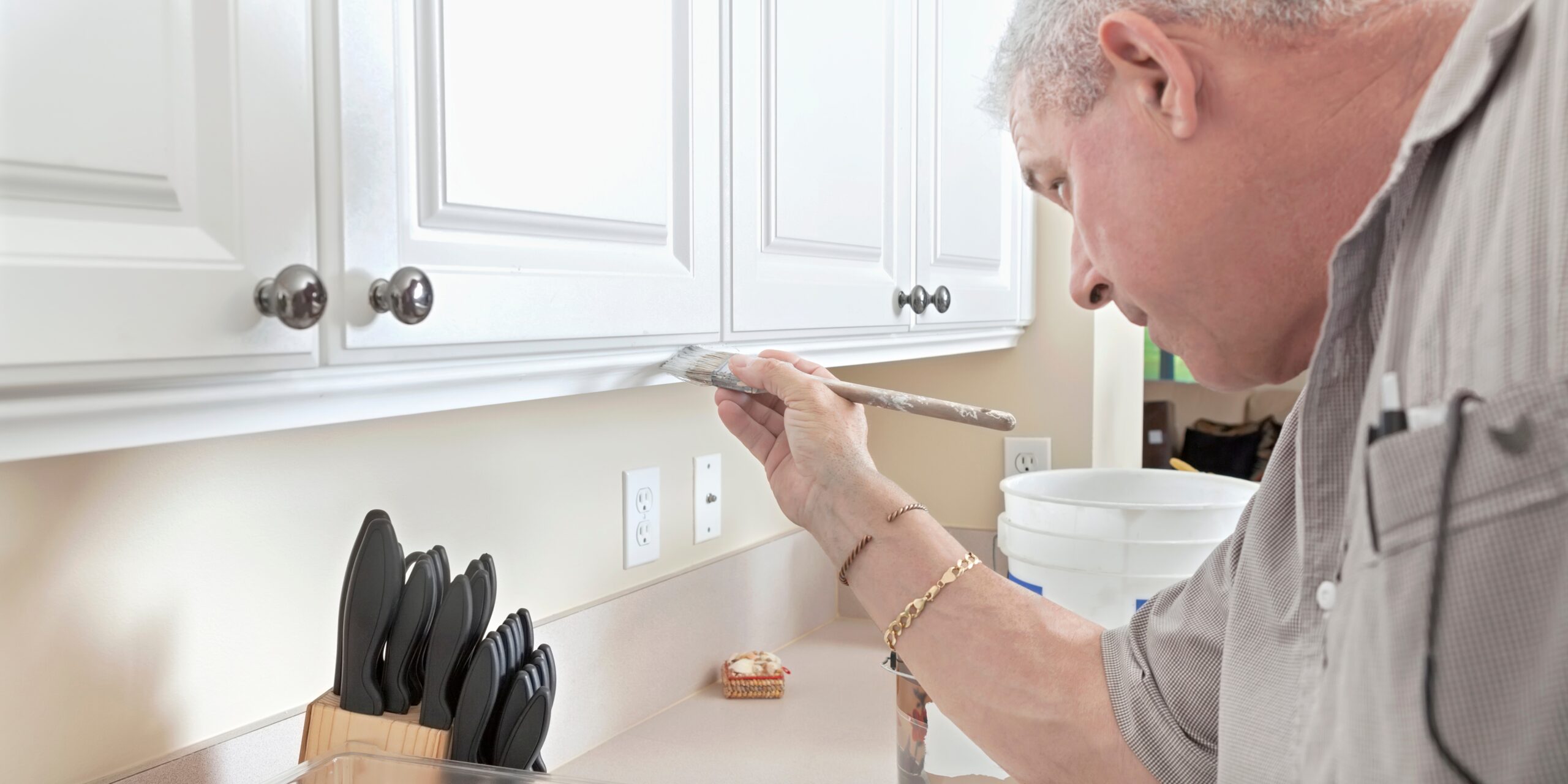⭐ Key Takeaway A fresh coat of paint is one of the most affordable and effective ways to make your home stand out to buyers. The right colors, prep, and finish can boost value, improve listing photos, and help your home sell faster. Introduction When you’re preparing to sell your home, first impressions matter more...






